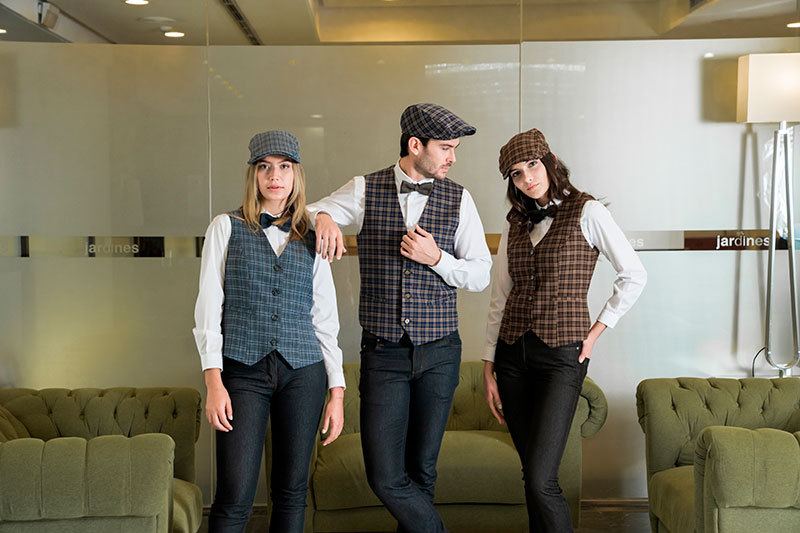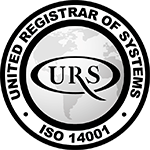WORK UNIFORMITY AS A MARKETING AND BRANDING STRATEGY: BEYOND APPEARANCE
The models in the image have: Welsh Women's Vest (950005), Welsh Men's Vest (950004) and Welsh Unisex Hat (410001).
The models shown in the image have: Rustic Rugged Pants With Peto Sarga 87X74 cm (158700).
1. Introduction:
When we think of work uniforms, we often associate it with the appearance and identification of employees in a company. However, uniformity goes beyond that and has become an effective marketing and branding strategy for many organisations. In this article, we will explore how workplace uniformity can enhance a company's marketing and branding, and how it can influence customers' perception of the brand.
2. Consistency and professionalism:
Uniformity in the workplace provides consistency and sets a standard of professionalism. By dressing employees in uniform clothing, a unified image is created that conveys trust and credibility to customers. This reinforces brand identity and helps establish a strong reputation in the marketplace.
3. Identification of the brand:
Uniforms can serve as a powerful brand identification tool. By incorporating distinctive logos, colours and visual elements into uniforms, a consistent and recognisable visual presence for the company is created. This allows customers to quickly associate the uniforms with the brand, increasing the company's visibility and recall in the marketplace. At Gary's Workwear we offer a wide range of products, as well as the option of special budgets, which allows us to adapt to the needs and demands of each client.
4. Differentiation in the market:
Workwear can help a company stand out and differentiate itself from the competition. By using unique designs or styles that reflect brand identity, a company can create a distinctive and memorable image. This helps to capture the attention of customers and position itself as a preferred choice in a crowded marketplace.
5. Communication of the company's values:
Uniforms can be an effective way of communicating a company's values and culture. Uniforms can reflect an organisation's ethical principles, quality and customer service focus. For example, a company that prioritises sustainability may choose uniforms made from environmentally friendly materials, such as our Naturewear line. This consistency in values reinforces the brand image and attracts customers who share the same principles.
6. Customer experience:
Workwear can also improve the customer experience. Customers feel safer and more confident interacting with employees who wear identifiable uniforms. Uniforms convey professionalism, knowledge and reliability, which helps create a positive connection with customers and strengthen the relationship with the brand. For example, our Beauty & Retail collection is designed to dress beauty salons, aesthetic clinics and various businesses, providing comfort and a distinctive business identity.
7. Conclusion:
Workplace uniformity goes beyond simple external appearance. When used as an effective marketing and branding strategy, it can convey consistency, brand identification, market differentiation, company values and enhance the customer experience. By leveraging uniformity as a strategic tool, companies can strengthen their brand image and establish a competitive advantage in an ever-changing business environment.










